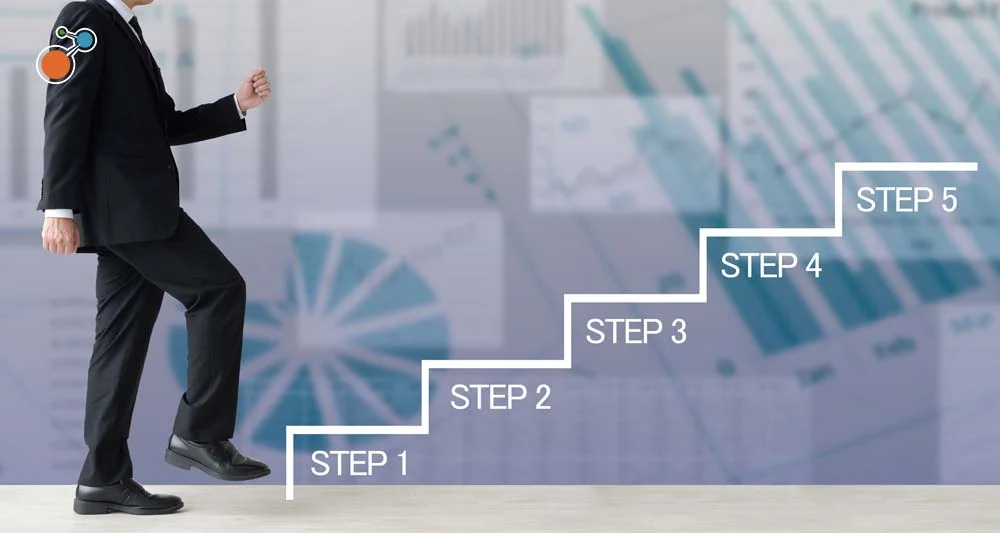Every project team shoots for success, so you might assume that risk mitigation techniques in project management would be high on the agenda. Yet only about a third of project teams practice risk management regularly. And some claim to never use risk management.
Negative project outcomes can carry difficult consequences. Missed deadlines, budget overruns, or failure to attain key objectives and expectations create huge financial burdens. Add to that the cost of lost sales, damaged reputations, and dips in consumer confidence.
With so much at stake, mitigating project risk is a business and strategic imperative. And organizations undertaking high-profile, long-term projects can be particularly vulnerable to derailment.
The good news is that careful planning and mitigation can protect continuity, profitability, and performance in capital projects or programs.
The first step is to identify possible threats to your project. Lack of resources, safety problems, and scope creep are common risks to watch out for. You’ll then want to consider the possible impact and likelihood of occurrence for each risk.
Tried-and-Tested Risk Mitigation Techniques in Project Management
These widely adopted techniques can help reduce or mitigate project risk. And they are well worth the effort. Preempting threats or taking swift mitigatory steps in the case of a risk event can be much more cost-effective than dealing with the fall-out.
 Accept Risk
Accept Risk
Some risks are acceptable – even desirable – in certain situations. To decide whether the consequences of a threat is tolerable, think about the impact that risk could have on attaining your project goals.
Aim for collaboration and engagement within the team. Perspectives may be diverse, but does everyone involved understand the wider implications of accepting this risk? Consider the cost impacts of an acceptance strategy. How will project budgets be affected? And what might the impact be on schedule and overall project performance? If you decide to accept a risk, be sure to monitor it continuously to reduce any unwanted surprises.
 Avoid Risk
Avoid Risk
Some risks – like safety – simply aren’t worth taking. In general, if the cost of the risk is too steep, then it’s best to remove the threat or discontinue the activity. This can help safeguard project continuity, reducing the potential for disruption or damaging outcomes.
Avoiding risk doesn’t necessarily require major upheaval or change of plan. Sometimes you can avoid a risk by postponing a project phase until operating conditions improve. Perhaps having extra funds or resources available to up or downscale will avoid costly downtime. By taking a deeper look, project risk management professionals can determine how to sidestep adverse outcomes.
 Control Risk
Control Risk
If risks can’t be avoided, effective controls will help to minimize the scale and scope of their potency. Controlling risk can be viewed as damage limitation. You are proactively making efforts to reduce negative impacts.
Calculated risk taking, in which risk managers are equipped with all the data and insights they need to make informed decisions, can bring positive results. Not every risk is negative. Accepting and controlling the right risks can reap rewards when it comes to completing your project on time, within budget, and aligned with business strategy.
 Transfer Risk
Transfer Risk
Transference is a popular risk mitigation technique in project management, geared at reducing the impact of threats by shifting the control or management of risk over to a third party. This approach doesn’t eliminate or change the risk, it simply transfers the financial responsibility to someone else.
The most popular way to transfer risk is to buy insurance. Other common transfer techniques in project risk management are performance bonds, fixed-price contracts, or warrantees.
 Monitor Risk
Monitor Risk
Project risk management is an evolving process. Numerous factors can influence the size, status, or scope of risks you may encounter across the project lifecycle.
Identified risks can change over time, and new risks can unexpectedly pop up. It’s important to keep track of all risks, their likelihood of occurrence, and how they might interact. Constantly monitor and re-evaluate risks – particularly those risks that could affect cost, schedule, and successful project completion – and adjust your actions accordingly.
Make Risk Mitigation Techniques in Project Management Easier and More Effective
Keeping track of all of your project risks is a big job that must be done continuously. Technology can help.
Project risk management technology brings all of your risk data together into one place to give you a clear view of your risks, the status, the interconnections, and the potential impact on the successful completion of your project. It helps you save time and money by automating tasks and streamlining workflows, while reducing your risk exposure. That’s something spreadsheets are not equipped to do.
Formalizing your use of risk mitigation techniques in project management can help your team build resilience and attain great results across your capital projects.
Check out Riskonnect’s Project Risk Management software solution.




